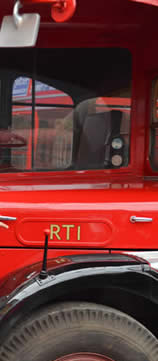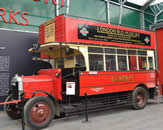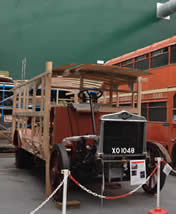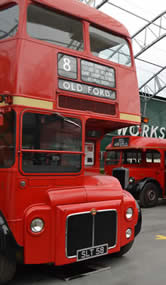
The Covent Garden
Networking Experience
| NetworkingNaturallyHome | • | MicroRead | • | WeddingGroup | • | People | • | Contact | • |
Networking Naturally
MicroRead
|
Bo Nightingale |
10QLONDON 10QuiteInteresting QuestionsFactsFiguresPointsDatesEvents This site and these pages are currently under construction Page Under Construction. Email bo@networkingnaturally.com if you would like to comment or contribute to the content Networking Naturally is not responsible for the content of external sites. Read more.... 10QI
Cambridge Euston Holborn Ludgate circus Manor Oxford Percy Picadilly Seven Dials St Georges Circus
10QU 2 London - Churches
10QI 3 London - Commerce and Manufacturing Industry
10QI 4 London - Education
10QI 5 London - Museums
10QI 6 London - Parks and Squares
10QI 7 London - Railways and Transport
10QI 9 London - Entertainment Public Houses and Theatres
10QI London - Workhouses Prisons Asylums and Institutions
Time Line
If you have a comment or would like to submit content Send an email to bo@networkingnaturally.com
Networking Naturally is not responsible for the content of external sites. Read more.... |
New
10 Statues in Venice |
|




